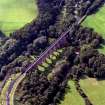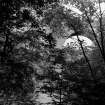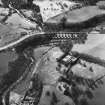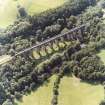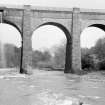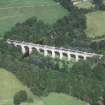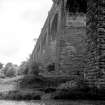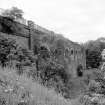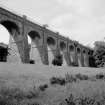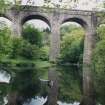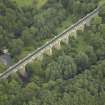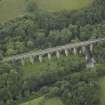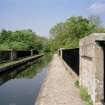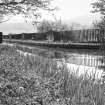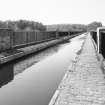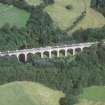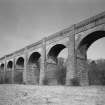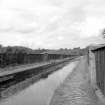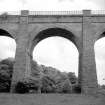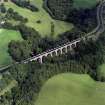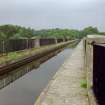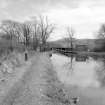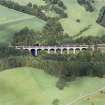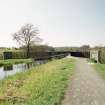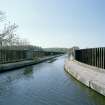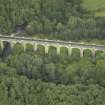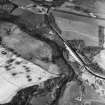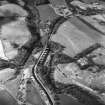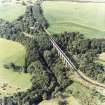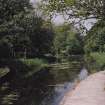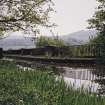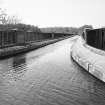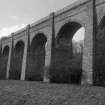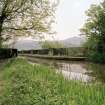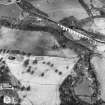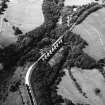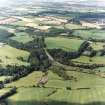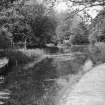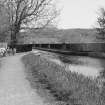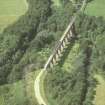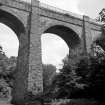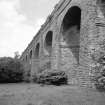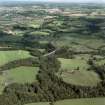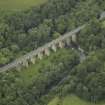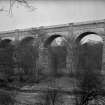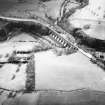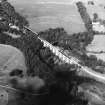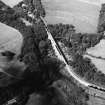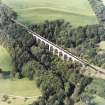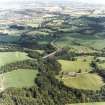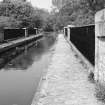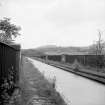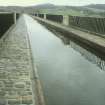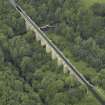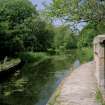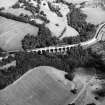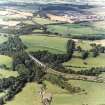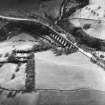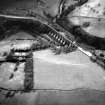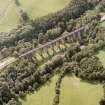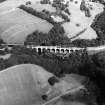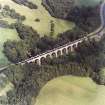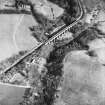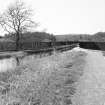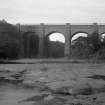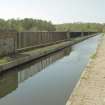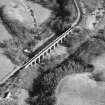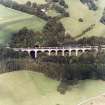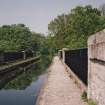Pricing Change
New pricing for orders of material from this site will come into place shortly. Charges for supply of digital images, digitisation on demand, prints and licensing will be altered.
Upcoming Maintenance
Please be advised that this website will undergo scheduled maintenance on the following dates:
Thursday, 9 January: 11:00 AM - 3:00 PM
Thursday, 23 January: 11:00 AM - 3:00 PM
Thursday, 30 January: 11:00 AM - 3:00 PM
During these times, some functionality such as image purchasing may be temporarily unavailable. We apologise for any inconvenience this may cause.
Union Canal, Avon Aqueduct
Aqueduct (19th Century)
Site Name Union Canal, Avon Aqueduct
Classification Aqueduct (19th Century)
Alternative Name(s) River Avon; Edinburgh And Glasgow Union Canal
Canmore ID 47842
Site Number NS97NE 60
NGR NS 96725 75812
Datum OSGB36 - NGR
Permalink http://canmore.org.uk/site/47842
- Council West Lothian
- Parish Linlithgow
- Former Region Lothian
- Former District West Lothian
- Former County West Lothian
BATHGATE HILLS
Woodcockdale Stables, c.1820, Hugh Baird
Canal-facing rubble cottages and stables, forestairs to both gables, in a tranquil setting. Human accommodation evident; equine accommodation less so. Men above horses.
Taken from "West Lothian: An Illustrated Architectural Guide", by Stuart Eydmann, Richard Jaques and Charles McKean, 2008. Published by the Rutland Press http://www.rias.org.uk
NS97NE 60 96725 75812
Avon Aqueduct [NAT]
OS 1:10,000 map, 1989.
Formerly entered as Site no. 9999 at cited location NS 9658 7586 to NS 9681 7578.
The Avon Aqueduct carries the [Edinburgh and Glasgow] Union Canal across the valley of the Avon some 600yds NNE of Muiravonside House (NS97NE 74.00). It is a dignified and interesting structure built between 1818 and 1822 (designer Hugh Baird), but a view of it is difficult to obtain as the valley is here steep-sided, sinuous and partly wooded. Including the splayed-out ends, where the narrower waterway of the aqueduct expands to the normal breadth of the canal, the structure measures just over 270yds in length by 23ft 8in in breadth and stands 86ft above the observed water-level of the river. The aqueduct proper, within the splayed ends, is supported by twelve segmental arches of 50ft span, which spring 50ft above the water level and rise 25ft above their springing-line. The pirs, which are hollow, taper slightly on all faces; basal measurements taken on the fifth pier from the W end at ground level - ie about 10ft above the water at the foot of the fourth pier - gave a breadth of 37ft 8in and a thickness of 12ft 7in. Flat, tapering buttresses carry on the lines of the piers upwards across the face of the superstructure, which shows one string-course above the arches and another at the wall-head. The tops of the buttresses rise 5ft 6in above the wall-head, and the spaces between them are filled by heavy iron balustrades having uprights of X section. The masonry is block-in-course, rock-faced at quoins, voussoirs and string-courses.
The upper surface carries, along its outer edges, stone bases 12in thick for the balustrades and, inside these, stone-paved tow-paths 4ft wide. The waterway consists of an iron trough, such as was first used by Telford for the Pont Cysyllte aqueduct on the Ellesmere Canal; this trough measures 13ft in width, exclusive of the wooden fenders with which it is provided, and 6ft in depth in so far as its silted bottom permitted accurate measurement. Access to the interior of the superstructure, under the trough, is obtained through a small doorway 3ft high by 2ft 6in wide, which is siuated in the N face just W of the westernmost pier.
RCAHMS 1963 (visited 12 June 1953); Lindsay 1968.
This simple and elegant structure, a fine example of technological skill of its day, was designed by Baird and based on the Chirk and Pontcysyllte Aqueducts on the Ellesmere Canal. Thomas Telford was also consulted about the design.
The longest and tallest aqueduct in Scotland, only surpassed by the Pontcysyllte in Britain, it is 810 feet long, 86 feet high and composed of 12 arches. The water runs in an iron trough and consequently it was not necessary to build heavy stonework in order to counter the strong outward pressure of the water. Thus it was possible to build supporting pillars which were hollow and internally braced, so offering a more slender appearance. A similarly light appearance has been given to the deep arches linking the pillars. The trough was faced with stone and surmounted by iron railings.
G Hutton 1993.
This spectacular engineering feature, inspired by Telford, is the second largest aqueduct in Britain, the largest being the 1805 Pont-y-Cysyllte in Wales, designed by Telford. The aqueduct, which is nine hundred feet long and eighty five feet high, has twelve arches and appears graceful from below.Telford's ingenious device of transporting the water in an iron trough instead of the usual much heavier puddled (kneaded) clay enabled Baird to construct hollow arches with struts. On the N side is a grated opening through which the interior of the aqueduct may be viewed and inspectors may work from within the structure.
H Brown 1997.
This site has only been partially upgraded for SCRAN. For further information, please consult the Architecture Catalogues for Falkirk District.
NMRS, March 1998.
Avon Aqueduct, by Hugh Baird, 1818-22, to carry the [Edinburgh and Glasgow] Union Canal over the River Avon. Built of hammer-dressed rough ashlar. Twenty segmental arches, the piers battered and tapering towards the top; plain parapets.
J Gifford and F A Walker 2002.
This aqueduct carries the Edinburgh and Glasgow Union Canal over the River Avon and its wooded valley to the SW of Linlithgow. The greater part of its considerable length lies E of the river, which here forms the boundary between the parishes of Muiravonside (Stirlingshire) and Linlithgow (West Lothian), to the W and E respectively.
The location assigned to this record defines the midpoint of the structure. The available map evidence indicates that it extends from NS c. 96592 75863 to NS c. 96806 75780.
Information from RCAHMS (RJCM), 3 March 2006.
Construction (1819 - 1821)
Built around the same time as the Almond and Slateford aqueducts.
Photographic Survey (1962)
Photographs of buildings along the Union Canal, West Lothian, by the Scottish National Buildings Record in 1962.
Project (2007)
This project was undertaken to input site information listed in 'Civil engineering heritage: Scotland - Lowlands and Borders' by R Paxton and J Shipway, 2007.
Publication Account (2007)
Avon aqueduct is a magnificent, cast-iron lined structures comprising 12, 50 ft arch spans, each span built to a standardised construction with hollow spandrels in the best Telford tradition. Although Telford was not altogether convinced of the need for masonry spans and spandrels in addition to the iron troughs, Baird adopted this practice as the engineer of Avon Aqueduct, is 810 ft long and 85 ft high. The aqueduct was constructed between 1819–21 by Messrs Craven, Whitaker and Nowell. The canal is carried along the structure in a cast-iron trough 7 ft deep and 1312 ft wide. The trough is supported on the arches by a series of longitudinal masonry walls, and its sides are backed by the spandrel masonry of the aqueduct (see section).
R Paxton and J Shipway 2007
Reproduced from 'Civil Engineering heritage: Scotland - Lowlands and Borders' with kind permission of Thomas Telford Publishers.


















































































